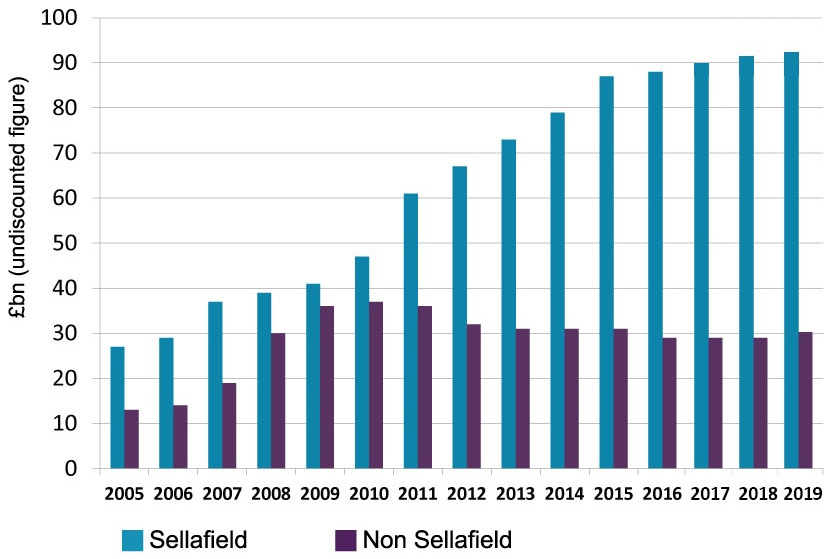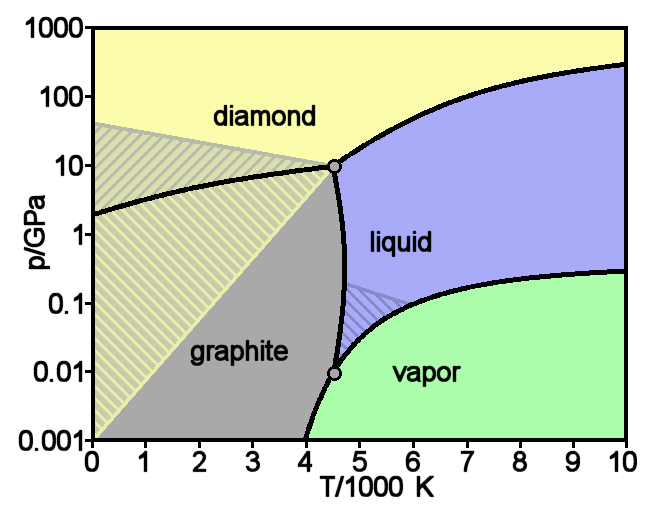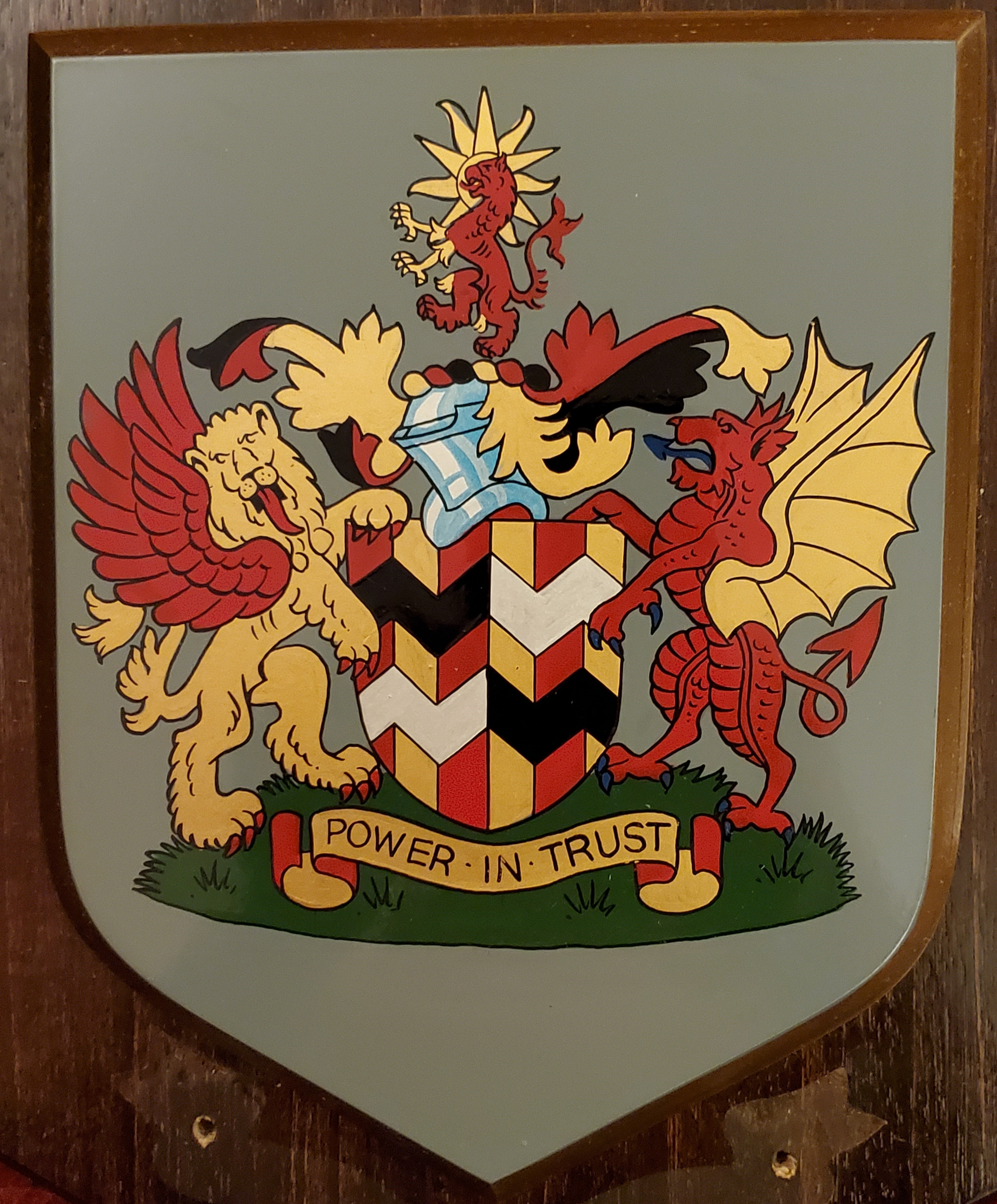|
Dungeness Power Station
The Dungeness nuclear power stations are a pair of non-operational nuclear power stations located on the Dungeness headland in the south of Kent, England. Dungeness A is a legacy Magnox power station consisting of two 250MWe reactors which were connected to the National Grid in 1965 and reached its end of life in 2006. Dungeness B is an advanced gas-cooled reactor (AGR) power station consisting of two 520MWe reactors, which began operation in 1983 and 1985. They were the first in a series of AGR reactors to be constructed across the UK. In March 2009, unexpected problems discovered during a maintenance shutdown on unit B21 resulted in the reactor remaining offline for nearly 18 months. In 2015, the plant received upgrades and was given a second ten-year life extension to 2028. In September 2018, as both units were shut down for a scheduled maintenance outage, EDF encountered "significant and ongoing technical challenges" which ultimately led to the announcement of its closure ... [...More Info...] [...Related Items...] OR: [Wikipedia] [Google] [Baidu] |
Dungeness Nuclear Power Station UK 2012
Dungeness (, ) is a headland on the coast of Kent, England, formed largely of a shingle beach in the form of a cuspate foreland. It shelters a large area of low-lying land, Romney Marsh. Dungeness spans Dungeness Nuclear Power Station, the hamlet of Dungeness, and an ecological site at the same location. It lies within the civil parish of Lydd. Etymology Dungeness's name means "the headland at Denge", referring to nearby Denge Marsh. The marsh is first mentioned in 774 as ''Dengemersc''. Its name may mean "marsh of the pasture district", from Old English ''denn *gē mersc'', or else "marsh with manured land", from Old English ''dyncge mersc''. Nature Ecology Dungeness is one of the largest expanses of shingle in Europe. It is of international conservation importance for its geomorphology, plant and invertebrate communities and bird life. This is recognised and protected mostly through its conservation designations as a national nature reserve (NNR), a Special Protection A ... [...More Info...] [...Related Items...] OR: [Wikipedia] [Google] [Baidu] |
Windscale
Sellafield, formerly known as Windscale, is a large multi-function nuclear site close to Seascale on the coast of Cumbria, England. As of August 2022, primary activities are nuclear waste processing and storage and nuclear decommissioning. Former activities included nuclear power generation from 1956 to 2003, and nuclear fuel reprocessing from 1952 to 2022. The licensed site covers an area of , and comprises more than 200 nuclear facilities and more than 1,000 buildings. It is Europe's largest nuclear site and has the most diverse range of nuclear facilities in the world on a single site. The site's workforce size varies, and before the COVID-19 pandemic was approximately 10,000 people. The UK's National Nuclear Laboratory has its Central Laboratory and headquarters on the site. Originally built as a Royal Ordnance Factory in 1942, the site briefly passed into the ownership of Courtaulds for rayon manufacture following World War II, but was re-acquired by the Ministry of Su ... [...More Info...] [...Related Items...] OR: [Wikipedia] [Google] [Baidu] |
BBC News
BBC News is an operational business division of the British Broadcasting Corporation (BBC) responsible for the gathering and broadcasting of news and current affairs in the UK and around the world. The department is the world's largest broadcast news organisation and generates about 120 hours of radio and television output each day, as well as online news coverage. The service has over 5,500 journalists working across its output including in 50 foreign news bureaus where more than 250 foreign correspondents are stationed. Deborah Turness has been the CEO of news and current affairs since September 2022. In 2019, it was reported in an Ofcom report that the BBC spent £136m on news during the period April 2018 to March 2019. BBC News' domestic, global and online news divisions are housed within the largest live newsroom in Europe, in Broadcasting House in central London. Parliamentary coverage is produced and broadcast from studios in London. Through BBC English Regions, th ... [...More Info...] [...Related Items...] OR: [Wikipedia] [Google] [Baidu] |
Chris Huhne
Christopher Murray Paul Huhne (born 2 July 1954) is a British energy and climate change consultant, and former journalist, business economist and politician who was the Liberal Democrats (UK), Liberal Democrat Member of Parliament for Eastleigh (UK Parliament constituency), Eastleigh from 2005 United Kingdom general election, 2005 to 2013 Eastleigh by-election, 2013 and the Secretary of State for Energy and Climate Change from 2010 to 2012. He is currently chair of the UK green gas association – the Anaerobic Digestion and Bioresources Association – and senior adviser to the World Biogas Association. He also advises companies on his particular interest in renewable technologies that can provide back up for intermittent energy sources like wind and solar. He formerly wrote weekly columns for ''The Guardian'', ''Independent on Sunday'' and ''Evening Standard''. From 1994 to 1999, he built up a business advising on the creditworthiness of countries which is now the sovereign ra ... [...More Info...] [...Related Items...] OR: [Wikipedia] [Google] [Baidu] |
Secretary Of State For Energy And Climate Change
The secretary of state for energy and climate change was a British Government cabinet position from 2008 to 2016. The Department of Energy and Climate Change was created on 3 October 2008 when then-Prime Minister Gordon Brown reshuffled his Cabinet. Between 1974 and 1992, the post was known as secretary of state for energy. The energy and climate change secretary revived the earlier post of the secretary of state for energy as head of the Department of Energy, existing from 1974 to 1992. After which, the Department of Energy was merged into the Department of Trade and Industry under the Conservative government of Sir John Major in 1992. Sixteen years later, immediately prior to the creation of the new department, energy policy was the responsibility of the Department for Business, Enterprise and Regulatory Reform (itself now a defunct government department, superseded by the Department for Business, Innovation and Skills). Former Labour leader Ed Miliband was the inaugural ... [...More Info...] [...Related Items...] OR: [Wikipedia] [Google] [Baidu] |
Department Of Energy And Climate Change
The Department of Energy and Climate Change (DECC) was a Departments of the Government of the United Kingdom, department of the government of the United Kingdom created on 3 October 2008, by Prime Minister Gordon Brown to take over some of the functions related to energy of the Department for Business, Enterprise and Regulatory Reform, and those relating to climate change of the Department for Environment, Food and Rural Affairs. It was led at time of closure by the Secretary of State for Energy and Climate Change, secretary of state for energy and climate change, Amber Rudd MP. Following Theresa May's appointment as Prime Minister in July 2016, Rudd became Home Secretary and the department was disbanded and merged with the Department for Business, Innovation and Skills, to form the Department for Business, Energy and Industrial Strategy under Greg Clark MP. The department released a major White Paper in July 2009, setting out its purpose and plans. The majority of DECC's budg ... [...More Info...] [...Related Items...] OR: [Wikipedia] [Google] [Baidu] |
International Nuclear Event Scale
The International Nuclear and Radiological Event Scale (INES) was introduced in 1990 by the International Atomic Energy Agency (IAEA) in order to enable prompt communication of safety significant information in case of nuclear accidents. The scale is intended to be logarithmic, similar to the moment magnitude scale that is used to describe the comparative magnitude of earthquakes. Each increasing level represents an accident approximately ten times as severe as the previous level. Compared to earthquakes, where the event intensity can be quantitatively evaluated, the level of severity of a human-made disaster, such as a nuclear accident, is more subject to interpretation. Because of this subjectivity, the INES level of an incident is assigned well after the fact. The scale is therefore intended to assist in disaster-aid deployment. Details A number of criteria and indicators are defined to assure coherent reporting of nuclear events by different official authorities. There ... [...More Info...] [...Related Items...] OR: [Wikipedia] [Google] [Baidu] |
Office For Nuclear Regulation
The Office for Nuclear Regulation (ONR) is the regulator for the nuclear industry in the United Kingdom. HSE, accessed 3 April 2011 It is an independent whose costs are met by charging fees to the nuclear industry. The ONR reports to the , although it also worked closely with the now-defunct |
British Energy
British Energy was the UK's largest electricity generation company by volume, before being taken over by Électricité de France (EDF) in 2009. British Energy operated eight former UK state-owned nuclear power stations and one coal-fired power station. From 1 July 2010 the rebranding of British Energy locations and communications to EDF Energy commenced as part of its incorporation into the parent group, following around 17 months of dual branding. This was concluded with the renaming of the operating company from ''British Energy Generation Limited'' to ''EDF Energy Nuclear Generation Limited'' on 1 July 2011. Structure In 2009, the British Energy subsidiary group was structured accordingly: * British Energy Group plc: holding company, a wholly owned subsidiary of EDF S.A. ** British Energy Generation Ltd: dominant subsidiary; owned and ran the large power stations, was licensed to operate nuclear power stations. ** District Energy Ltd: owned four modern 10MWe natural gas-fue ... [...More Info...] [...Related Items...] OR: [Wikipedia] [Google] [Baidu] |
Graphite
Graphite () is a Crystallinity, crystalline allotrope (form) of the element carbon. It consists of many stacked Layered materials, layers of graphene, typically in excess of hundreds of layers. Graphite occurs naturally and is the most stable form of carbon under standard conditions. Synthetic and natural graphite are consumed on a large scale (1.3million metric tons per year in 2022) for uses in many critical industries including refractories (50%), lithium-ion batteries (18%), foundries (10%), and lubricants (5%), among others (17%). Graphite converts to diamond under extremely high pressure and temperature. Graphite's low cost, thermal and chemical inertness and characteristic conductivity of heat and electricity finds numerous applications in high energy and high temperature processes. Types and varieties Graphite can occur naturally or be produced synthetically. Natural graphite is obtained from naturally occurring geologic deposits and synthetic graphite is produced t ... [...More Info...] [...Related Items...] OR: [Wikipedia] [Google] [Baidu] |
CEGB
The Central Electricity Generating Board (CEGB) was responsible for electricity generation, transmission and bulk sales in England and Wales from 1958 until privatisation of the electricity industry in the 1990s. It was established on 1 January 1958 to assume the functions of the Central Electricity Authority (1955–1957), which had in turn replaced the British Electricity Authority (1948–1955). The Electricity Council was also established in January 1958, as the coordinating and policy-making body for the British electricity supply industry. Responsibilities The CEGB was responsible for electricity generation, transmission and bulk sales in England and Wales, whilst in Scotland electricity generation was carried out by the South of Scotland Electricity Board and the North of Scotland Hydro-Electric Board. The CEGB's duty was to develop and maintain an efficient, coordinated and economical system of supply of electricity in bulk for England and Wales, and for that ... [...More Info...] [...Related Items...] OR: [Wikipedia] [Google] [Baidu] |
Annulus (mathematics)
In mathematics, an annulus (: annuli or annuluses) is the region between two concentric circles. Informally, it is shaped like a ring or a hardware washer. The word "annulus" is borrowed from the Latin word ''anulus'' or ''annulus'' meaning 'little ring'. The adjectival form is ''annular'' (as in annular eclipse). The open annulus is topologically equivalent to both the open cylinder and the punctured plane. Area The area of an annulus is the difference in the areas of the larger circle of radius and the smaller one of radius : :A = \pi R^2 - \pi r^2 = \pi\left(R^2 - r^2\right) = \pi (R+r)(R-r) . The area of an annulus is determined by the length of the longest line segment within the annulus, which is the chord tangent to the inner circle, in the accompanying diagram. That can be shown using the Pythagorean theorem since this line is tangent to the smaller circle and perpendicular to its radius at that point, so and are sides of a right-angled triangle with hyp ... [...More Info...] [...Related Items...] OR: [Wikipedia] [Google] [Baidu] |






